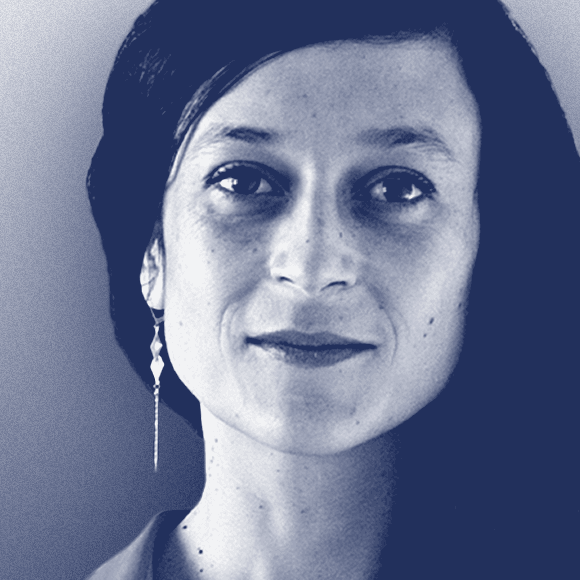We have a wonderful group of speakers and guests sharing with us this year at TypeParis. We wanted to find out a little more about each of them, so have presented them with a series of questions which they have generously taken the time to answer.
If you’re not yet familiar with Agnès Dahan’s work, go to her website now and check it out. I don’t mind, I’ll wait. Beautiful, right? Agnès is an independent art director, and founded a studio in 2004 specialising in publishing and visual identity, in the fields of design, photography, contemporary art and the performing arts.
Tell us a little about what sparked your interest in becoming involved in the fields of art and design.
Agnès Dahan: I think the first piece of art that blew my mind was a dance piece by Wim Vandekeybus and although I didn’t realize it at the time, this was fundamental for me. I wasn’t raised in an artistic family and I don’t have a traditional artistic background. I went towards the field of Applied Arts by instinct and I worked hard to get accepted to the prestigious Ecole Normale Supérieure de Cachan, but after some time I found it too theoretical and I quit and followed a training class in Performing Arts at the University.
During this training I realized that there were very few books published about Performing Arts and, more specifically, the creative process. I did an internship with the choreographer Boris Charmatz and I was naturally attracted to research of documenting the performance (sténopé, drawings, interviews, photos) and I put together a home-made book of my research. At this moment I understood that book-making contributes to culture.

At this moment I understood that book-making contributes to culture.
What does it mean to you to have your work become physical (whether in the form of a book, exhibition, signage)? Do you feel that trapping your creative work within the confines of a computer screen doesn’t do it justice? Or does it simply depend on the project?
For me every project is physical from the beginning. I think of the project in its materiality and its conceptuality at the same time. One never goes without the other.
What stands out as instrumental in your education and growth as a designer? This could be a person, school, or any other resources.
I can definitely say the people who I have met during my career: the choreographers Catherine Contour, Boris Charmatz and Alain Michard, the graphic designer and publisher Xavier Barral, the curator and theoretician Chantal Pontbriand and the architect Patrick Bouchain. All these people have taught me a lot and they give sense and orientation to my entire work.

What do you love about your field of work? Are there are any negative traits or attitudes within the industry that you would like to see change?
I don’t like the idea of the “all-powerful creator” that the term Art director implies. The star effect in the creative industry. Each project that is produced in the studio is definitely a product of team work, I could never do what I do alone. I have intuition, I feel inspired, I have desire, I’m moved by something but I could never do without the help of others. People must to understand that deeply because I don’t think that’s something we learn at school.
What is something outside of your industry that inspires you?
People and their ideas.
Could you share one of your funniest or most embarrassing quirks/stories? (Go on, be honest, we’re all friends here)
I designed a book about the poet Apollinaire last year published by Textuel. The poet had many friends who were visual artists, such as Matisse, Picasso or Sonia Delaunay. When we started working on this project, we questioned ourselves about plasticity in his work and his influences. We began to work plastically with collage, print, cut, etc. For the funny anecdote, after a lot of intuitive attempts at collages and cut outs around his name, we found a collage by Matisse that was quite close to what we had done. We were both proud and comforted in our project which finally proved to be relevant. And for the embarrassing story, at the end, we could not publish the book with one of the typographic covers that we liked so much and that the publisher had validated, because the author took over a year to send in the texts and, in the meantime, another book on Apollinaire was published by Gallimard… So we had to go back and recreate. It was very annoying. It was very difficult to mourn our first project but we were almost able to recreate it … We kept the paper cut-outs that we combined with a calligram drawing that ensures the specificity of this book compared to the other one referred to previously. We think that we found a satisfactory compromise.
– Interview by Dave Coleman.
Learn more about TypeParis courses and conferences!
➼ Reports
➼ Type & graphic designers interviews
➼ Attendees feedback series
Apply to TypeParis Summer course!
The deadline for applications is 14 March, every year.
SPONSORS














